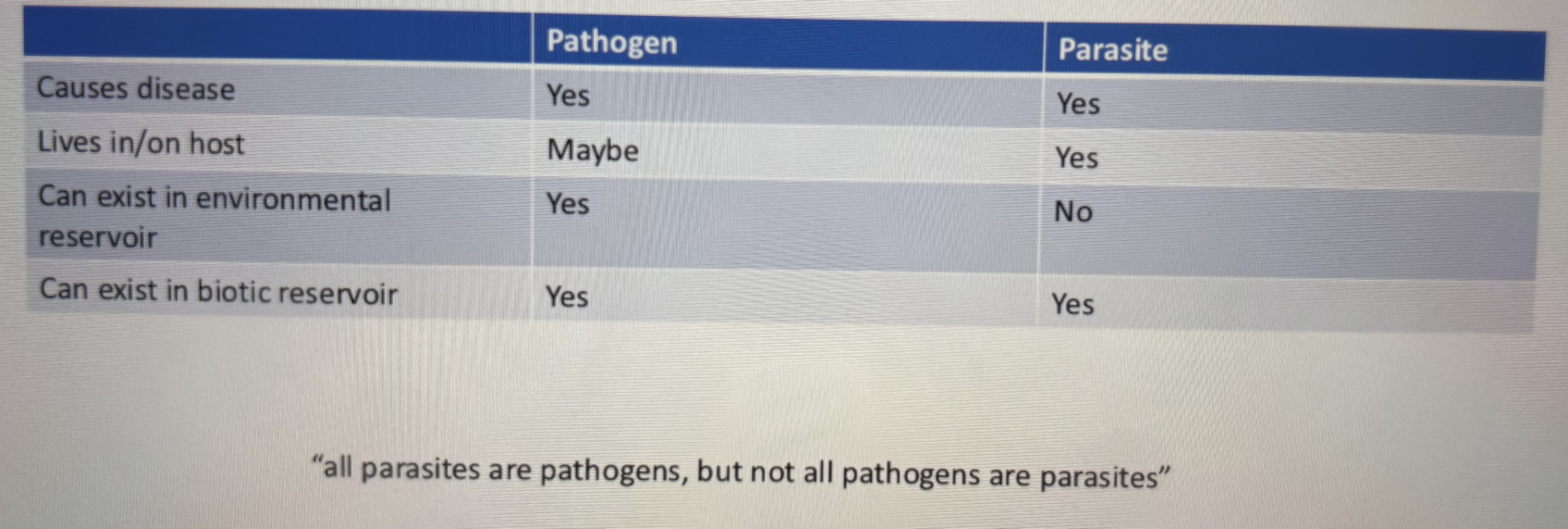Ecology and Life History Notes
1/59
Earn XP
Description and Tags
A set of flashcards covering key vocabulary and concepts in ecology, population dynamics, species interactions, and conservation.
Name | Mastery | Learn | Test | Matching | Spaced |
|---|
No study sessions yet.
60 Terms
Life History Ecology
The study of the relationship between organisms and their environment.
Allocation
The act of dividing and distributing something for a specific purpose.
Demography
The study of how a population changes over time.
Species Interactions
The ways in which species affect each other's populations.
Competition
Fighting for the same limited resource between species.
Predation
An interaction where one species kills and eats another.
Mutualism
An interaction where both species benefit.
Biodiversity Metrics
Measurements of species diversity including abundance, richness, and evenness.
Latitudinal Diversity Gradient (LDG)
The pattern of changes in species richness with latitude, generally highest near the equator.
Ecological Efficiency
The fraction of energy available to other organisms as growth.
Trophic Cascade
An effect on energy flow due to a change in the biomass of one trophic level.
Greenhouse Gas
Types of gases that absorb and re-emit infrared radiation, trapping heat in the atmosphere.
Zoonotic Disease
A disease that typically has non-human biotic reservoirs but can jump to a human host.
Anthrome
Human-modified landscapes.
Ecosystem Service
Contributions of nature to the wellbeing of life, highlighting instrumental values.
Biotic Homogenization
Increases in similarity of community over time, often due to urbanization.
Niche
The role or function of an organism or species within an ecosystem.
Dispersal
The movement of individuals or gametes from their original location.
Net Primary Production (NPP)
The energy available to other organisms after autotrophs use energy for respiration.
Nutrient Cycling
The movement and exchange of organic and inorganic matter back into the production of living matter.
Habitat Restoration
Manipulating abiotic and biotic conditions to restore habitats.
Intrinsic Value
The value of a species in its own right, regardless of human benefit.
Scales of Ecology
Organisms - Individuals
Population - Individuals of the same species
Community - Multiple species living together
Ecosystem - Interactions between communities and their environment
Biosphere - Whole world
Trade-off
having to exchange for things, giving something up to get something else
Fast-Slow Continuum
Fast: short life, short sexual maturity, high # of offspring, little investment
Slow: long life, long sexual maturity, low # of offspring, high investment
Intraspecific Competition
competition for a resource between the SAME species
Interspecific Competition
competition for a resource between DIFFERENT species
Facilitation
one species benefits another
Commensalism
one species benefits while the other is unaffected
Abundance
number of individuals
Richness
total number of species
Evenness
relative similarity in abundance
Composition
identities of species present
Abiotic
non-living components of the environment
Biotic
living components of the environment
Hadley Cell
global air circulation and precipitation patterns
Maritime Climate
lower amplitude of seasonal temperature fluctuations
Continental Climate
higher amplitude of seasonal temperature fluctuations
Top-Down Control
amount of top predators/consumers determines energy flow of prey (usually alternating on increase and decrease)
Bottom-Up Control
amount of limiting resources determine energy availability to producers (usually only increase, positive growth)
Net Flux
calculation of the difference between things input and things outputted
Positive Feedback
change in a variable triggers a response that enhances that change
Negative Feedback
change in a variable triggers a response that counteracts that change
Representative Concentration Pathway
realted to the amount of carbon emitted by humans
Phenology
changes in timing of seasonal events relating to organisms
Janzen/Connell Effect
diseases/enimes that increase when thier hosts have high-density populations cause negative density dependec for their host
Dispersal Mechanisms of Pathogens
Contact(touch), Vehicle(non-living), and Vector(living) Transmission
Dispersal Corridor
pathway safe for animals to cross between protected areas
Portfolio Effect
higher diversity communities preform better than lower diversity communities
Realized Niche
set of conditions that a species is currently using both abiotic and biotic
Fundamental Niche
set of conditions that a species could use with no competitors and infinite dispersal capacity
Disturbance
a change in abiotic and biotic conditions in a community
Primary Succession
following a disturbance, the community becomes empty or approximately empty
Secondary Succession
following disturbance to an existing community, populations decline or only individuals of some life stages survive
Haber Bosch Process
Converting nitrogen gas to ammonia through fossil fuel burnings, at high energy, temperature, and pressure
Pathogen or Parasite

Nitrogen Fixation
N2 gas into ammonia in a natural way, normal pressure and temperatures
Type II Curve
Some individuals reach old age
Type III Curve
Very few individuals reach old age
Exponential Growth
r>0 pop decrease
r<0 pop increase